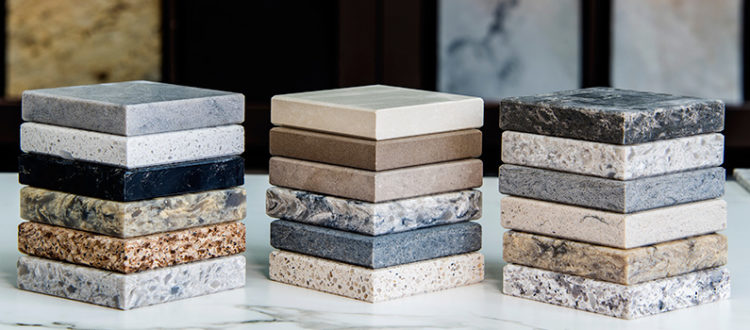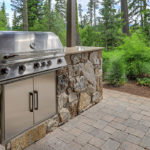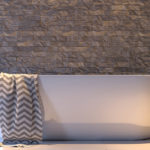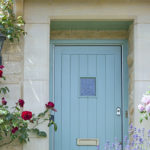Limestone Colors and Patterns are Fine Works of Art
Looking Into Limestone Colors And Patterns
When you look at a piece of art, you might be able to figure out more about the artist. Why did they paint what they painted? Does the sculpture signify something? What were they thinking when they created it? There are a lot of things that go into a piece of art and when you’re able to put many of them together, you can see the whole picture. When an older tree gets cut down, you can tell more about it as well, all based on the rings inside. Trees receive a new ring for every year they are standing. You learn more about natural items by taking a closer look, just as you do a piece of art. When examining limestone colors and patterns, you can tell more about the natural rocks as well. They are much like fine works of art in their variety and beauty. Here are a few things you might note as you take a closer look.
Stripes Equal Time
Sedimentary rocks, like trees, are able to represent themselves visibly over time. Each layer in the rock represents some interval of geological time. It’s not as easy to tell how much time is represented in each layer, as it is with a tree, but it is still interesting to understand that a lot of time went into creating the stones when they have many stripes within them. In deeper ocean basis, sediments could accumulate at just half an inch for a thousand years. But several feet of sand and gravel could deposit in one day if a floor were to occur. Stones that have regular, repeating layers of similar sizes are usually formed by cycled events like seasons or tides.
Streaked Limestone
Limestone that has dead, flat layers is known as streaked and has a crisp, tidy appearance. This type of limestone looks great on contemporary homes and is characterized by swirls and flowing colors. In these stones, the layers get buried and compressed over time, which pushes, pulls, and twists the various colors through the stone, which gives it the swirly look.
Color Patterns Include The Materials
Once you see the limestone on your flooring or countertops, it’s already of a certain color, but the makeup of that color has been formed over thousands of years. The coloring comes from the elements that have formed the stones. You might find fossilized marine animals, for example. They are generally of a lighter color once they are fossilized. IF the limestone is made up of more shells, it will look like wheat in color.
Learn More about Limestone Colors and Patterns
If you want to know more about the limestone you are considering for your house, contact the professionals at Impression. We are experts in working with limestone of every color, style, and type. We also know the background of different limestone colors so we can tell you what went into creating that limestone. We can tell you the location of origin and much more so you know what you are placing into your home. It’s interesting to know and you can impress guests with these facts when they point out your new limestone feature.
















